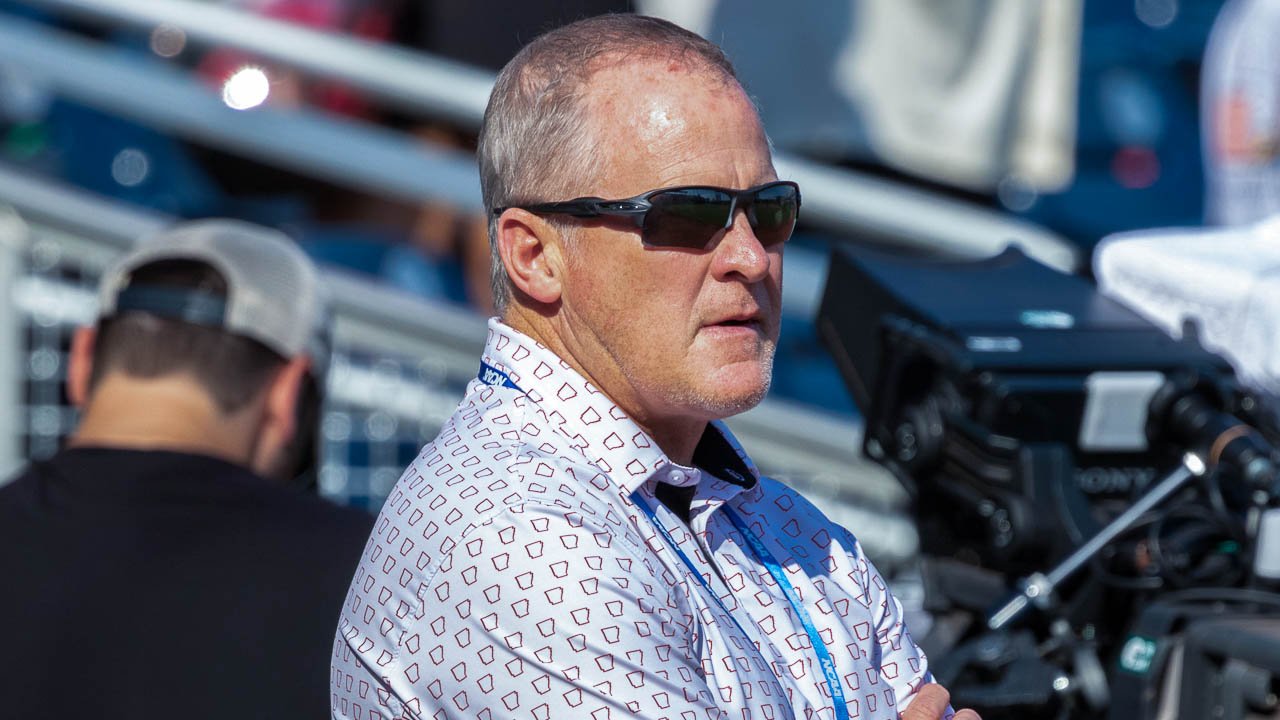A landmark ruling on June 6 marks the end of an era in college athletics, as Judge Claudia Wilken granted final approval to the House v. NCAA settlement, fundamentally transforming how universities can compensate their athletes.
The historic agreement, valued at $2.8 billion, dismantles long-standing restrictions on athlete compensation and establishes a new framework for direct payments from schools to players.
Starting July 1, Division I schools can begin providing direct compensation to athletes, with annual payment caps initially set at $20.5 million per institution for the 2025-26 academic year.
This figure will increase progressively throughout the decade-long agreement, representing a seismic shift in collegiate sports’ economic structure.
“It’s historic,” said Sedona Prince, a former college basketball player and co-lead plaintiff in one of the lawsuits. Prince, whose viral video exposing gender inequities in NCAA tournaments sparked significant changes, added that the settlement “seemed like this crazy, outlandish idea at the time of what college athletics could and should be like… but it’s going to change millions of lives for the better.”
The settlement’s implementation brings substantial changes to collegiate athletics’ operational landscape. To oversee these transformations, the power conferences have established the College Sports Commission, naming Bryan Seeley as its inaugural CEO.
Seeley, who brings extensive experience from Major League Baseball where he served as executive vice president of legal and operations, will lead the organization’s investigative and enforcement teams.
NCAA President Charlie Baker acknowledges the complexity of the transition.
“This is new terrain for everyone,” Baker wrote in an open letter. “Given the defendant conferences’ new ownership of complicated pieces of rulemaking and enforcement, there will be a transition period and certainly bumps in the road.”
The settlement introduces crucial changes to name, image, and likeness (NIL) regulations.
Starting this summer, all endorsement deals between boosters and athletes must demonstrate a “valid business purpose” rather than serving as recruiting incentives.
This provision aims to maintain competitive balance while legitimizing athlete compensation.
Economic experts predict varying impacts across different athletic programs.
Research from SUNY indicates that while major programs may readily adapt to the new financial framework, smaller institutions could face significant challenges balancing their budgets under the new system.
The settlement’s implementation timeline includes several critical dates:
- June 11, 2025: Launch of NIL Go portal
- June 15, 2025: Non-defendant schools’ opt-in deadline for revenue sharing
- July 1, 2025: First direct institutional payments to student-athletes
- July 6, 2025: Deadline for schools to designate student-athletes permitted above roster limits
Industry observers note that while the settlement resolves immediate compensation issues, it leaves several crucial questions unanswered.
The debate over whether athletes should be classified as employees continues, and rules governing athletic eligibility duration remain unchanged.
The agreement’s impact extends beyond immediate financial considerations.
Universities must now develop new compliance systems, adjust their athletic department budgets, and potentially reassess their sports program offerings.
Some institutions may need to reduce the number of sponsored sports to accommodate the new financial obligations.
Looking ahead, NCAA leadership and university administrators are calling for federal intervention.
They seek legislation that would prevent athlete employee classification and provide antitrust exemptions for implementing certain compensation caps.
Without such protections, many schools argue they cannot sustain their athletic programs under a fully open market system.
The settlement represents more than just a change in compensation rules; it fundamentally alters the relationship between universities and their athletes.
As institutions prepare for July 1, they must navigate complex implementation challenges while maintaining their educational missions and athletic traditions.
For student-athletes, the settlement opens unprecedented opportunities for financial security during their college careers.
However, it also introduces new considerations about program sustainability, competitive balance, and the future structure of collegiate athletics.
As the implementation date approaches, universities, athletes, and administrators must adapt to this new reality in college sports.
The success of this transition will depend on careful planning, effective oversight, and continued dialogue between all stakeholders in collegiate athletics.








